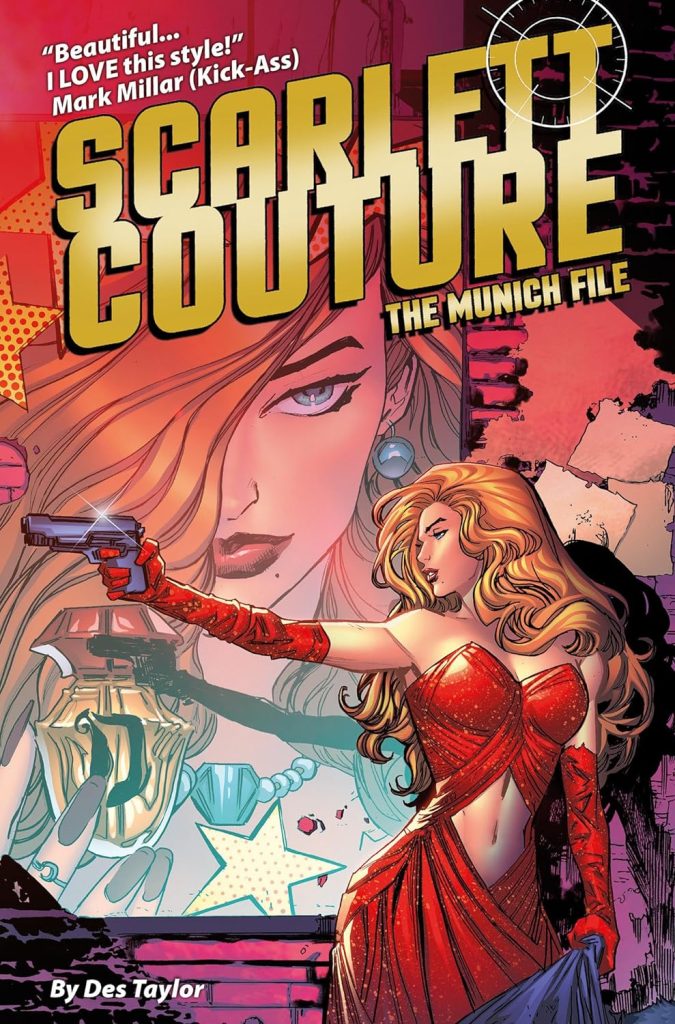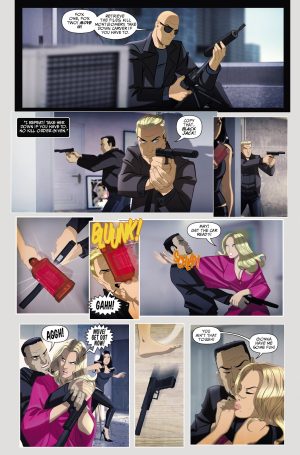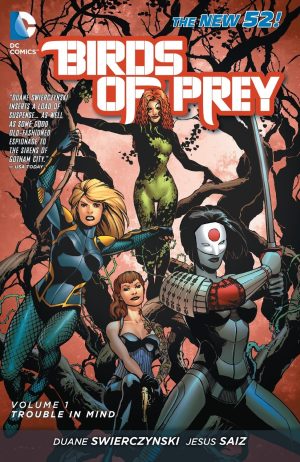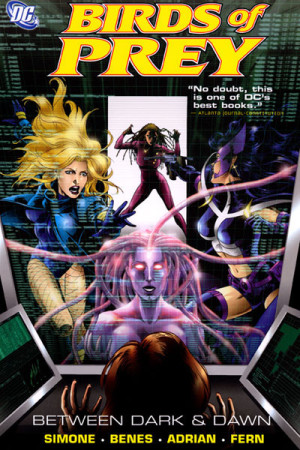Review by Frank Plowright
Des Taylor’s Scarlett Couture adopts the knowing wink of 21st century action movies by having a global fashion agency as a front for CIA operatives, with daughter of the company’s founder Scarlett Carver the most efficient. Project Stardust revealed a banking group allied with a defence organisation who’ve stolen a state of the art computer system able to infiltrate other such systems, and they’ve already begun using it. However, frustratingly, tracks have been covered well, and there’s no proof, and neither does Scarlett know her brother is the criminal mastermind.
That about sets up The Munich File, which Taylor opens by crosscutting the plotting villains with an action sequence as Scarlett and allies attempt to escape assassins with some vital equipment. Scarlett is now blonde rather than the sometimes too obvious Black Widow lookalike of the previous volume. A problem with that previous volume was Taylor’s over-complicated plot, which is rectified by the villains being revealed, making The Munich File more straightforward.
As before, the Taylor’s bright digital cartooning will catch the eye before anything else. Refined, slightly stylised people are embedded in backgrounds that blur with distance, and while not without glitches, the storytelling’s far better than the first volume. While Taylor still greatly favours panels looking at a half figure straight on, there’s greater variety in the viewpoints, and the panel to panel continuity has an improved flow.
The accomplished art, though, disguises continuing problems with the writing. The cast remain resolutely one-dimensional, their defining characteristic being heroism or villainy, and their dialogue is so frequently explanations for readers rather than any conversation you’d ever hear. It’s a shame, as this plot works, featuring cleverly conceived technology and bombshells embedded in the past. One of the them enables a diversion into a World War II adventure.
Art to admire lifts The Munich File above average, and Taylor’s on a definite learning curve, but work on personalities and dialogue is needed.





